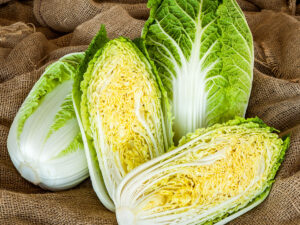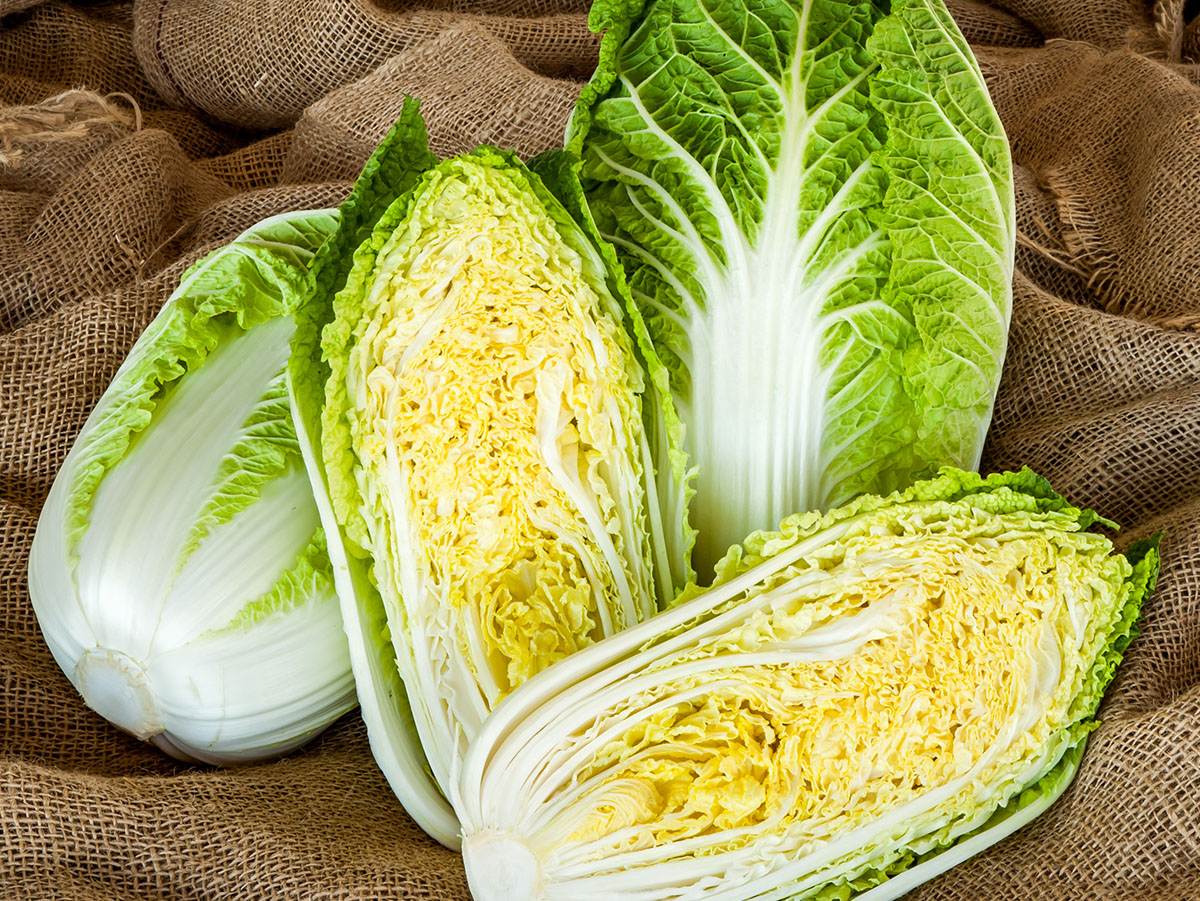
Transplanting ‘Natsuki’ Chinese cabbage, a specific variety known for its qualities, requires careful attention to ensure a successful and healthy growth. Here’s a step-by-step guide tailored for ‘Natsuki’ Chinese cabbage:
1. Seedling Preparation
- Begin with healthy ‘Natsuki’ seedlings, typically 4-6 weeks old, with robust stems and leaves.
- Gradually acclimatize the seedlings to outdoor conditions over a week (a process called hardening off).
2. Optimal Transplanting Time
- Choose a time in early spring or late summer, as Chinese cabbage prefers cooler weather and can bolt in hot conditions.
3. Soil Preparation
- ‘Natsuki’ thrives in well-drained, fertile soil with a pH between 6.0 and 7.5.
- Enrich the soil with compost or well-rotted manure prior to planting.
4. Transplanting
- Space the plants 12-18 inches (30-45 cm) apart in rows that are 18-24 inches (45-60 cm) apart, allowing ample room for growth.
- Plant the seedlings at the same depth they were growing in their containers.
- Water the plants well after transplanting to settle the soil around the roots.
5. Watering and Care
- Keep the soil consistently moist. Regular watering is crucial, especially in dry conditions.
- Mulch around the plants to maintain moisture and suppress weed growth.
6. Fertilization
- Fertilize with a balanced fertilizer a few weeks after transplanting to promote healthy growth.
- Avoid excessive nitrogen, particularly late in the season, as it can lead to leafy growth at the expense of the heads.
7. Pest and Disease Management
- Monitor for common pests such as aphids, cabbage loopers, and flea beetles.
- Implement appropriate pest control measures, and consider crop rotation to prevent soil-borne diseases.
8. Harvesting
- Harvest when the heads are firm and reach the desired size, typically 50-70 days after transplanting.
- Cut the head from the base with a sharp knife.
9. Post-Harvest Care
- Remove any leftover plant debris to prevent disease and pest issues.
Growing ‘Natsuki’ Chinese cabbage can be quite rewarding, especially if you adhere to these guidelines and adjust them as needed to suit your local growing conditions. For specific advice related to your region’s climate and soil, consulting with local gardening experts or an agricultural extension service can provide valuable insights.





Reviews
There are no reviews yet.